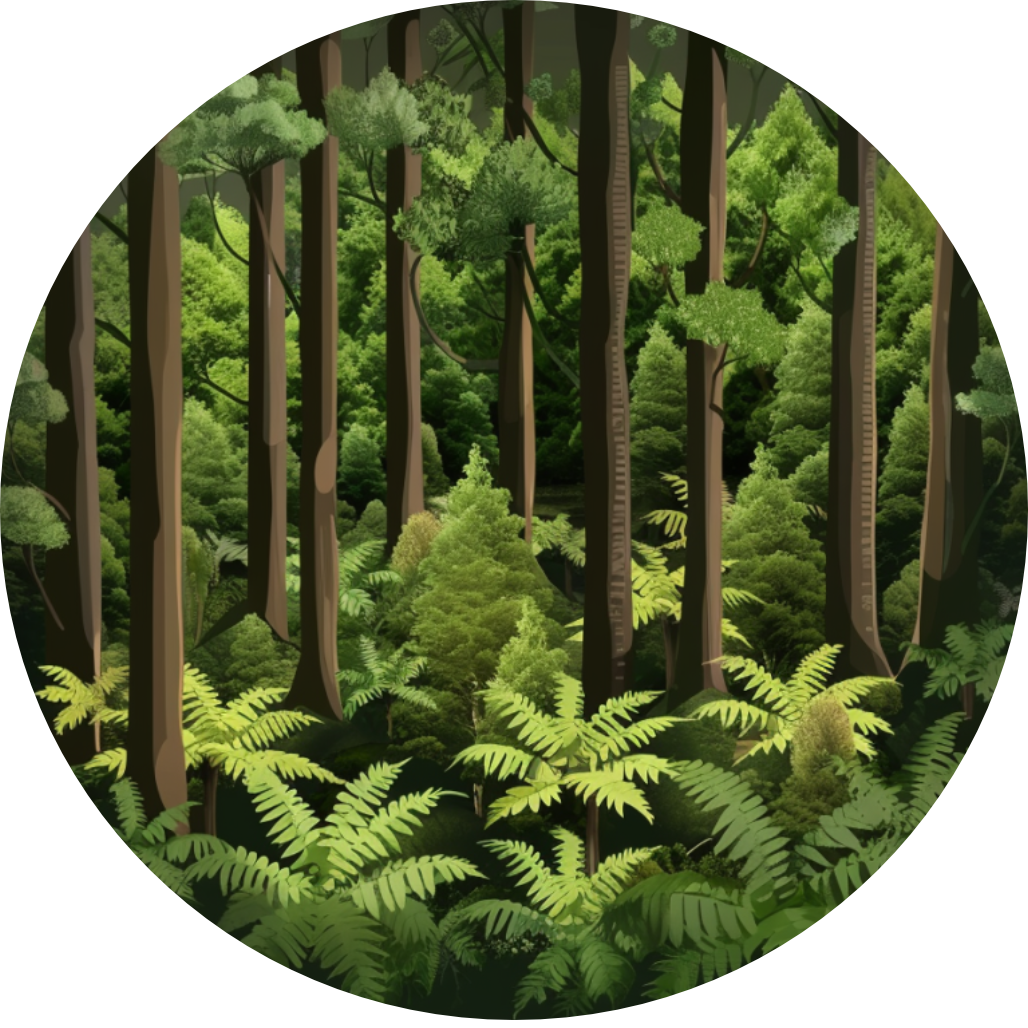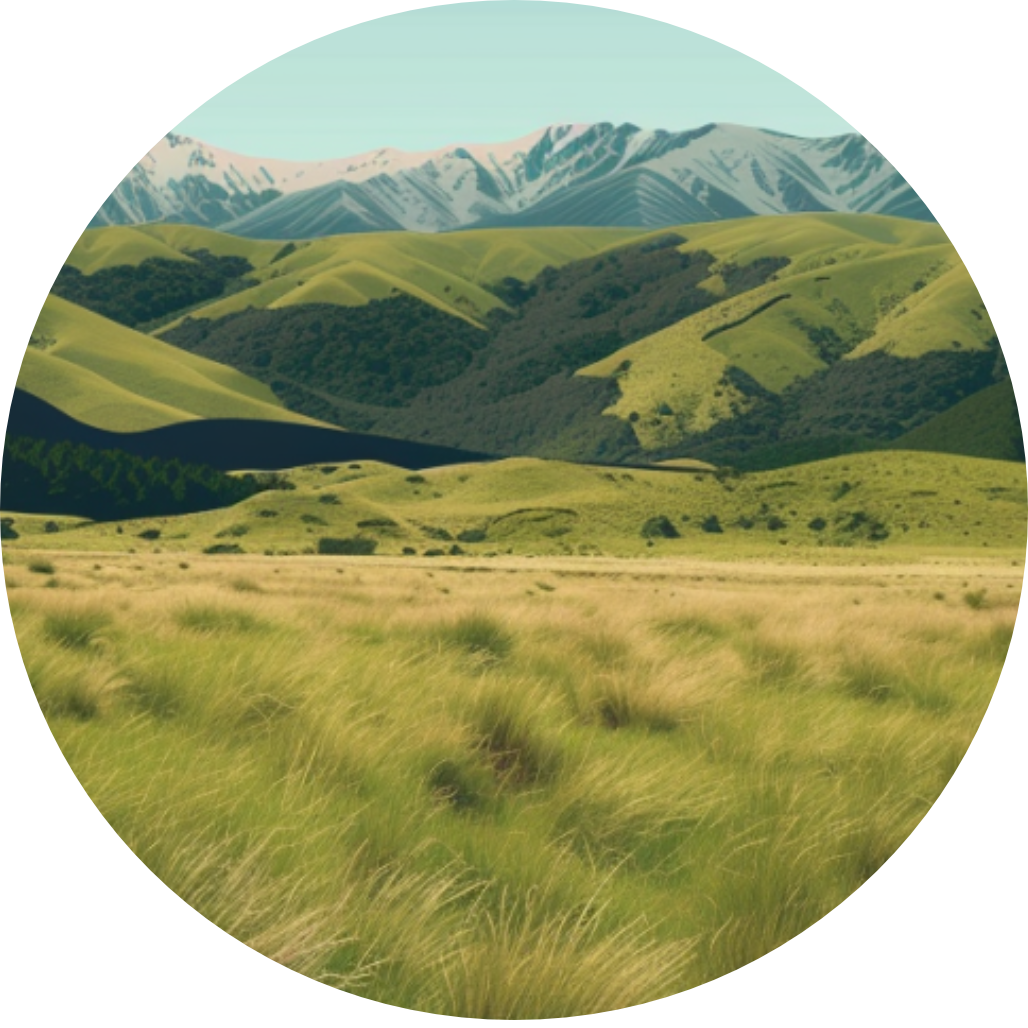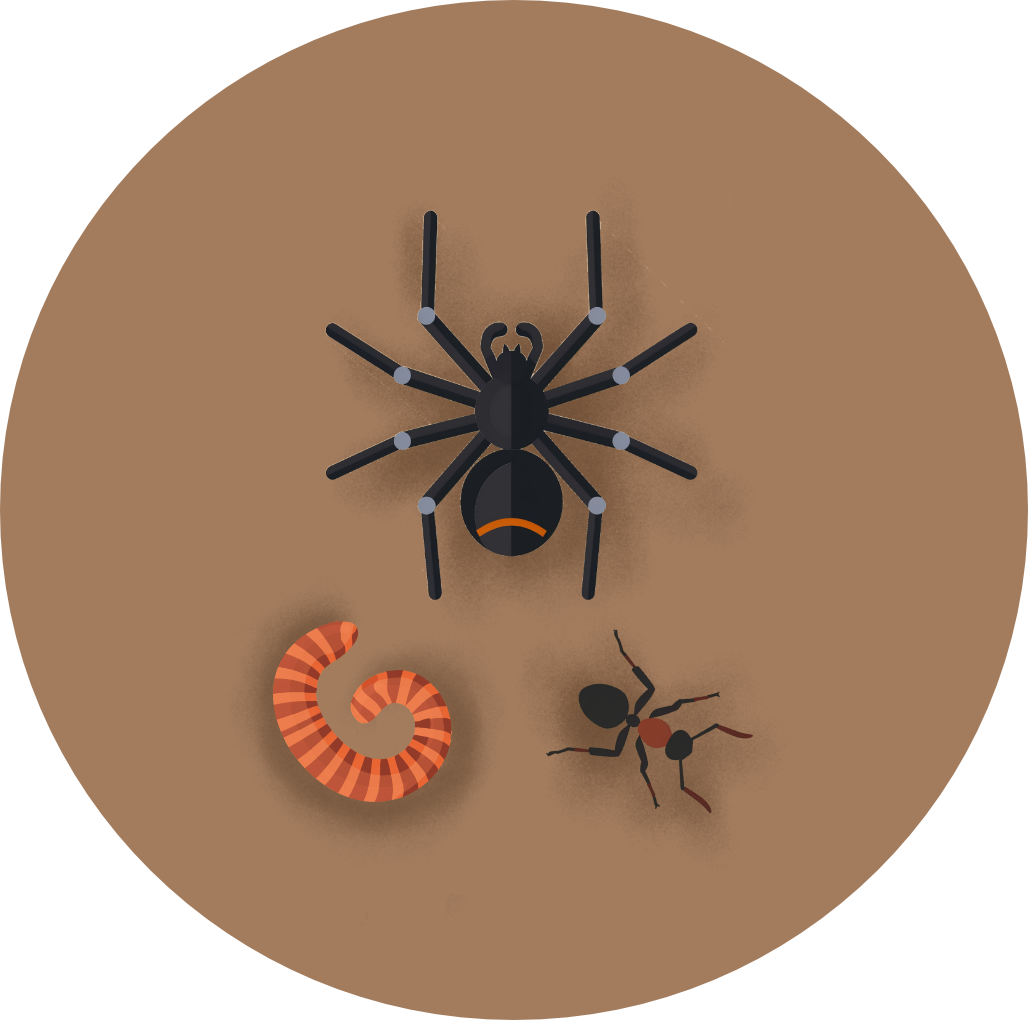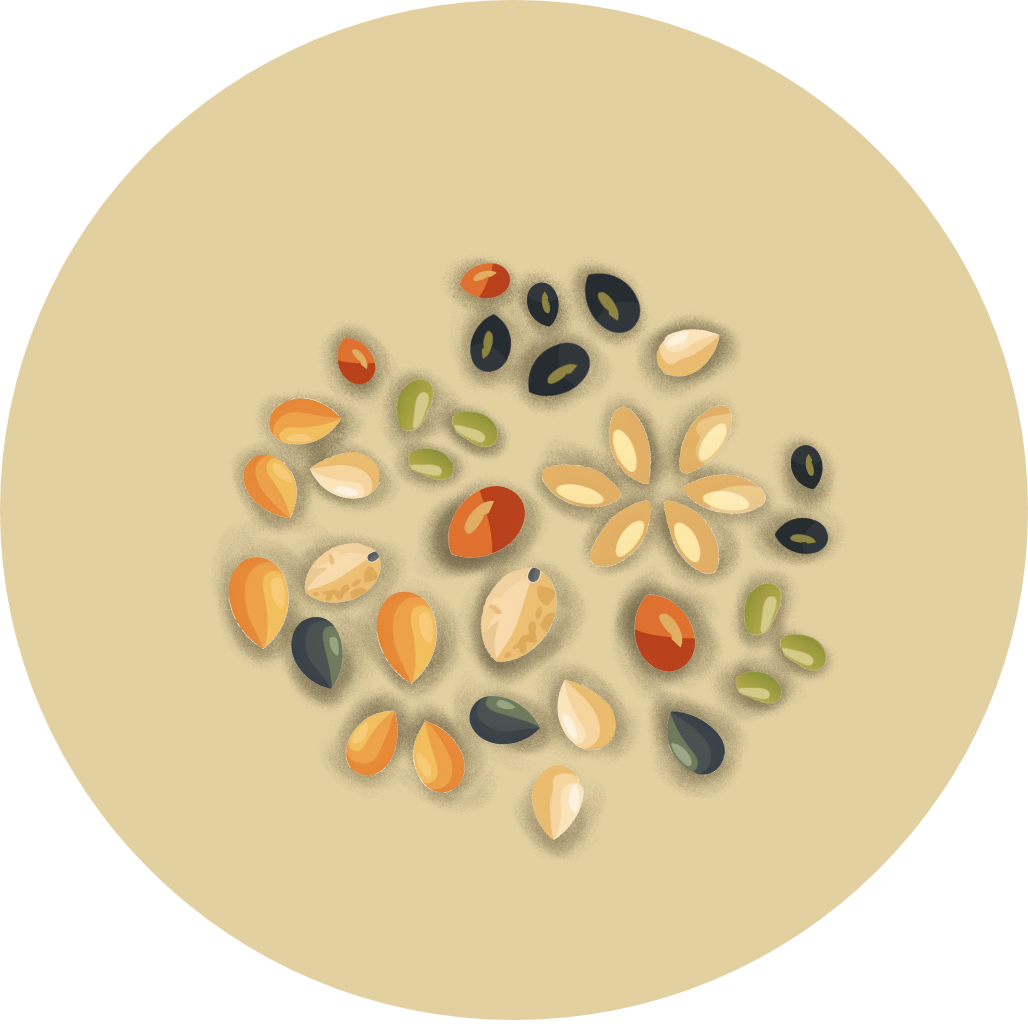
Rook Rook
Corvus frugilegus



Corvus frugilegus


The Rook, introduced to New Zealand in the 1860s, is a large, glossy black bird that's become a rare sight in our countryside. About the size of a small chicken, these intelligent birds are known for their distinctive bare, pale skin at the base of their bill, giving them a unique profile among New Zealand's birds.
1. Bare, pale skin at the base of the bill in adults; juveniles have feathered faces
2. Often seen in groups, foraging on the ground or nesting in tall trees
3. Distinctive cawing call, higher-pitched than other crow species
Rooks nest colonially in tall trees, building large stick nests. They breed from August to October, with females incubating the eggs while males provide food. These intelligent birds are known for their problem-solving abilities. In New Zealand, they face ongoing control measures due to concerns about crop damage, which has significantly reduced their numbers.
Look for Rooks in open farmland and pastures, especially in Hawke's Bay and scattered parts of the North Island. They're often spotted foraging on the ground in groups, particularly in early morning or late afternoon. Scan the tops of tall trees, like eucalyptus or pines, for their communal nesting sites called rookeries. Listen for their characteristic calls to help locate them. Tip: Their wariness makes them challenging to spot, so patience and binoculars are helpful.
Introduced by Acclimatisation Societies in the 1860s, Rooks initially struggled but later flourished in Hawke's Bay and Canterbury. While some farmers view them as pests, others appreciate their intelligence and see them as an interesting addition to New Zealand's bird fauna. Their presence has sparked ongoing debates about introduced species management.
45 cm
425 g






Coming Soon!
Top birding locations will be available in a future update.